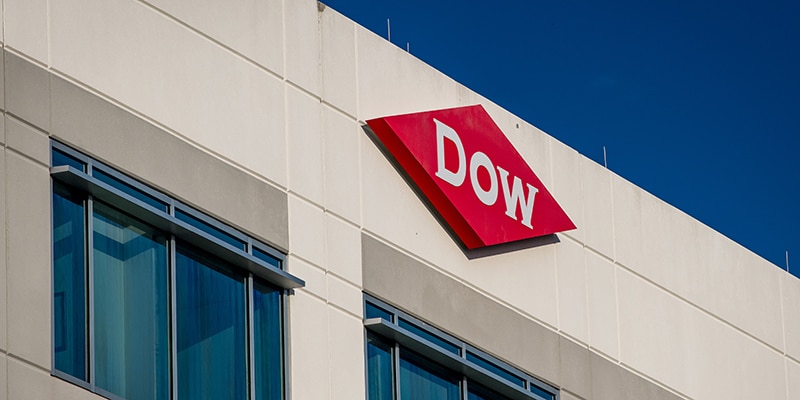Legal Entity Rationalization FAQ
Please see the contact us page.
Please follow the instructions provided on the purchase order.
There are various reasons that we return invoices to a vendor. Examples include: Invoice is addressed to the incorrect Legal Entity, Invoice is missing correct tax, Invoice is missing a valid purchase order or reference, Purchase order is paid in full. The return to vendor letter will detail the reason why the invoice is being returned.
We are still reviewing the tax implications of this change. More information will be provided as available.
This change is not intended to review the way the freight is calculated.
There is no impact for our customers on the products purchased through e-catalog as a result of the LER change.
The current compliance status for all products will not change.
REACH: REACH compliance status will not change. Different and/or additional REACH registration numbers may appear on the product Safety Data Sheet.
Evaluated Receipt Settlement (ERS) Payment
Open Purchase Orders and Accounts Payable Transactions
All open purchase order line item quantities and/or amounts that (a) have not been Good Receipted and (b) do not have an Invoice Posted, will be recreated in another legal entity. A new Purchase Order will be created with the open line items; and will automatically be sent to the supplier during the March 1, 2016 cutover weekend for India and May 1, 2016 cutover weekend for EMEA. The new Purchase Orders will contain additional information in the text fields describing this Purchase Order as a REPLACEMENT for the original Purchase Order number. It will also state NOT to DUPLICATE orders or shipments.
The example below describes how the new PO will be created under various scenarios and what action may still need to occur against the original PO.
Example: If the original Purchase Order line item has a quantity = 10
- If original PO has already Goods Receipted = 5, and Invoice Posted = 5 then the new PO line item quantity will = 5. The Supplier has no further action on the original PO. All remaining transaction will be against the new PO.
- If original PO has Goods Receipted = 5, and Invoice Posted = 6 then the new PO line item quantity will = 4. The Supplier will be required to ship the remaining 1 item to be received on the original PO for the quantity invoiced against original PO, but not received. All other transactions will be against the new PO. If original PO has Goods Receipted = 5, and Invoice Posted = 4 then the new PO line item quantity will = 5. The Supplier will be required to invoice the original PO for the remaining quantity of 1 received against original PO, but not yet invoiced. All other transactions will be against the new PO.
For India, beginning March 2nd, 2016, invoices will no longer be processed referencing the AS-IS legal entity. The invoices will be returned to the vendor and the vendor will be asked to send in a revised invoice referencing the TO-BE legal entity.
For EMEA, beginning May 2nd, 2016, invoices will no longer be processed referencing the AS-IS legal entity. The invoices will be returned to the vendor and the vendor will be asked to send in a revised invoice referencing the TO-BE legal entity.





